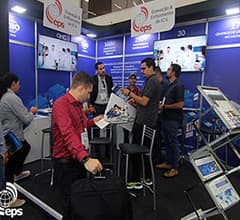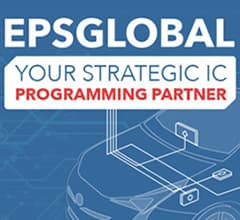Home > News & Blog > What is Component Baking and why is it playing a big part in 2021?
What is Component Baking and why is it playing a big part in 2021?
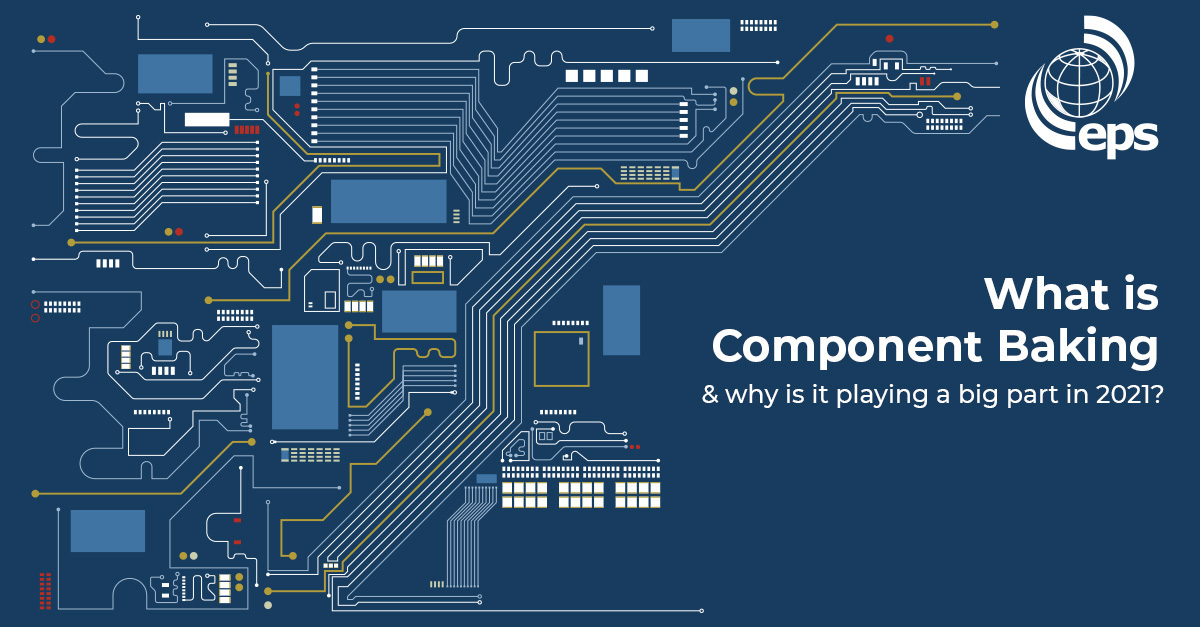
In the great chip shortage of 2021, many electronics manufacturers have had no option but to use stock they’ve held in storage with older date codes or source their components from channels outside of their regular supply chain, not knowing what condition they have been stored in. If these components have been stored in an ambient environment, it can result in outcomes very detrimental to the manufacturing process.
Why do Components need to be baked?
All integrated circuits (ICs) are subject to moisture ingress if left in an ambient environment. You may wonder why this is an issue… how bad can it be if a component takes on a little moisture and how could this affect the functionality of the device? In fact, before we even consider the effect on how an exposed device functions inside a finished product, we need to step back and look at the serious problems absorbed moisture can cause during a process called reflow in printed circuit board assembly (PCBA).
What is Reflow?
Reflow is a soldering process during which components are placed onto the PCB with a thin layer of solder paste between them and the board. The entire unit is heated quickly so that the solder will melt and form acceptable solder joints between the components and the board.
It’s a very efficient way of attaching components to a PCB, but there are many variables that require complex calculation including: line speed; oven size; thickness of PCB; and number of layers. These steps are vital in ensuring that both the chips and the PCB are not exposed to excessive temperatures which will cause problems that aren’t noticed until much later in the manufacturing process when it might be too late to rectify.
What happens to a circuit when it contains an exposed component at Reflow?
As the mounted components are pre-heated leading up to the reflow process, the temperature rises at a rate of about 2°C per second. Soak and reflow temperatures occur around 220°C (430°F), with a max temperature of between 240 - 250°C (460 - 480°F) being reached for periods of between 40 to 80 seconds.
During this process, any moisture contained in a component will quickly convert to steam and literally blow up the component. Sometimes the damage is visible as cracks and broken packages, but in some cases x-ray inspection is required to inspect the components for damage as it’s not so obvious.
This effect is often called “Popcorning”, and it is not always detectable during the assembly process.
How do you prevent Popcorning?
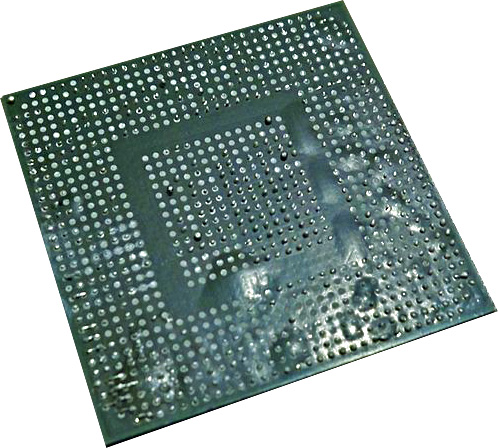
To avoid popcorning during the reflow process, components need to be baked in a controlled environment to allow the moisture to evaporate at a slow and consistent rate.
At EPS, we have specially designed software-controlled ovens which have multiple functions from controlling the temperature and time the components are exposed to heat, through to specialized requirements for delicate and hard-to-handle components where temperature needs to be increased in increments during the baking process. This ensures that your components are never stressed. Components are returned to you in your preferred packaging (for example on reels or in trays), properly dry bagged.
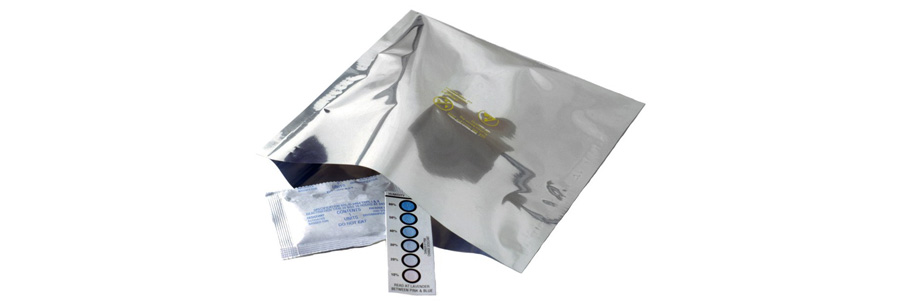
Moisture barrier bag with humidity indicators and desiccant included.
What if my Components are reeled?
No problem. Using our automatic handlers we can de-reel your devices and place them in trays prior to the baking process, and then tape and reel them when complete. With the global chip shortage impacting everyone from PC manufacturers to the automotive industry, we are experiencing a very high demand for baking, and also reprogramming many components as PCBA companies struggle to meet their build commitments.
Breathing Life Back into Components
The global chip crisis has come about for various reasons, many of which were exacerbated by the Covid-19 pandemic as factories had to shut their doors during lockdowns along with the rising demand for tech as people worked, shopped, were educated and entertained from home, causing a chip crunch.
Unfortunately resolving any of these issues with a quick fix is outside of your control. But what can you do to get your line moving again? Contact us today - we can breathe life back into components outside 24-month date codes or those you’ve sourced from an alternative distributor. By baking them in our strictly controlled ovens (and reprogramming the devices if required) we can enable you to avoid some of the line stoppages that may be impacting your business.
*In this article we’ll be using the terms chip, component, IC and device interchangeably as we’re prone to do!


